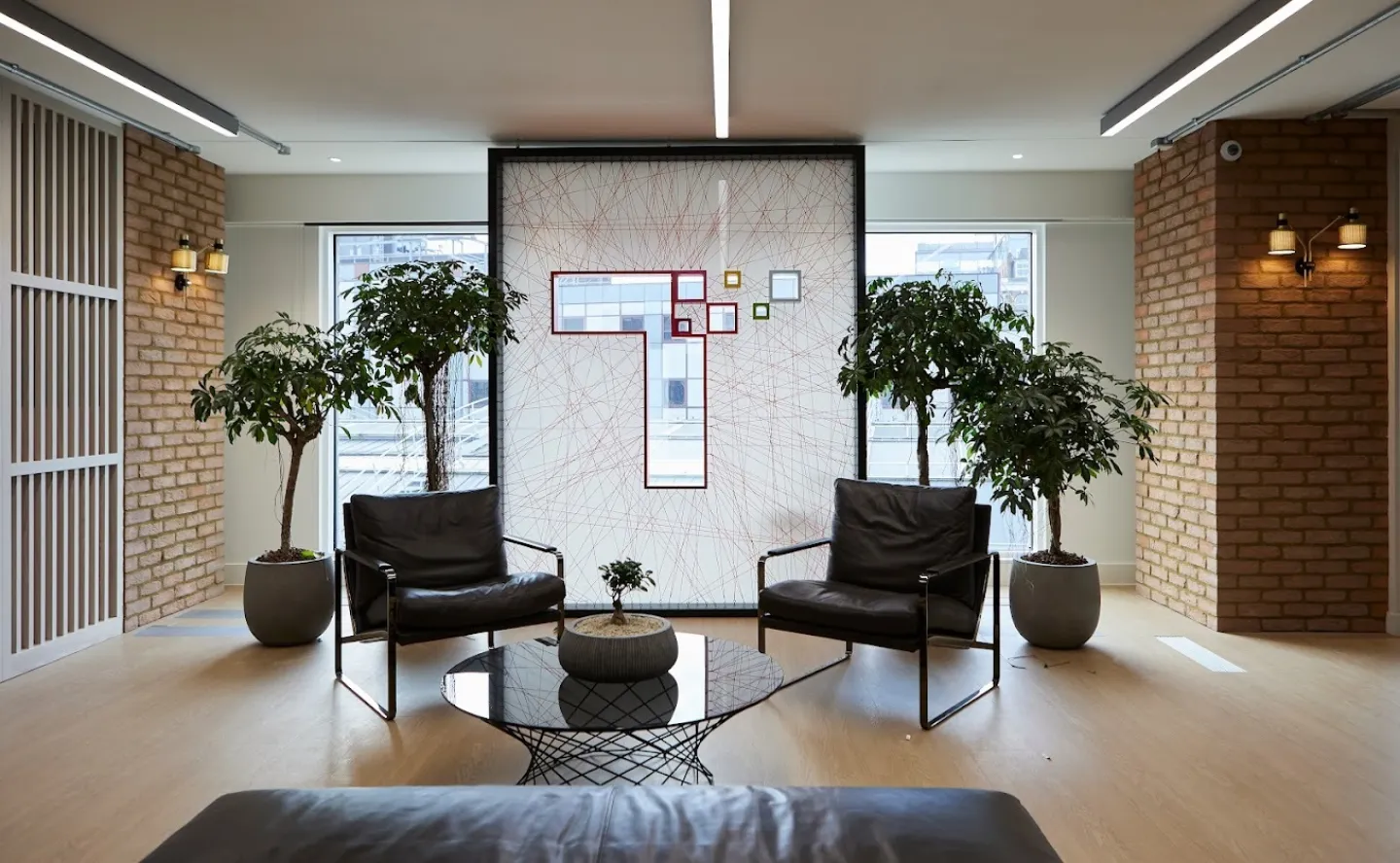

Challenge
Designing an HMI that supports current technologies while being future-proof is a complex task. The decisions made today will remain in the market for at least four years, which means any design flaws or ergonomic shortcomings can have a long-lasting effect on user experience and Toyota’s reputation. Our challenge was to create a UX/UI that is functional, ergonomic, and user-friendly for a diverse global audience.
Solution
We began by conducting in-depth research on user needs and driver behavior in both Europe and the US. This involved extensive testing and simulations to ensure that the interfaces are safe, intuitive, and easily accessible while driving.
A core part of our design process was adhering to the principles of human factors and ergonomics. These methods ensure that critical functions, such as instruments and control buttons, are logically and ergonomically placed so they are easy to reach and use without distracting the driver from the road.
Our UX/UI strategy was entirely focused on evidence-based decisions. We collaborated closely with Toyota’s design and engineering teams to stay aligned with the latest innovations and technological advancements in the automotive industry. This iterative process allowed us to make quick improvements based on internal user feedback and human modeling simulations.
Execution
Our team worked hand in hand with Toyota’s internal teams. We used tools like prototyping and simulations to test and refine various interfaces to meet the specific needs of drivers. Due to the NDA governing this project, we cannot showcase any visual elements of the design, but the result is a robust, intuitive HMI system that meets the highest standards of ergonomics and user experience.
The developed HMI provides a safe and user-friendly experience, ensuring that critical information is accessible without distracting the driver. The system adapts seamlessly to driver interaction, offering a personalized experience without compromising safety or functionality.
Results
The new HMI system has not only improved user interaction with the vehicle but also enhanced the overall driving experience of a Toyota car. With this system, Toyota can ensure high levels of customer satisfaction, as the interfaces are designed for long-term use and consistency in the user experience.
